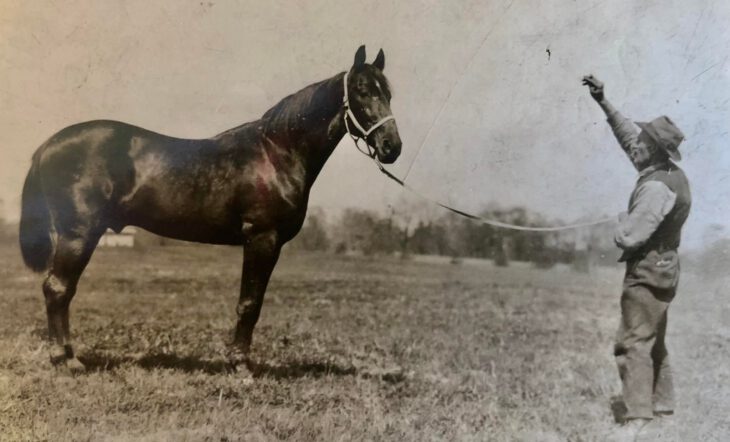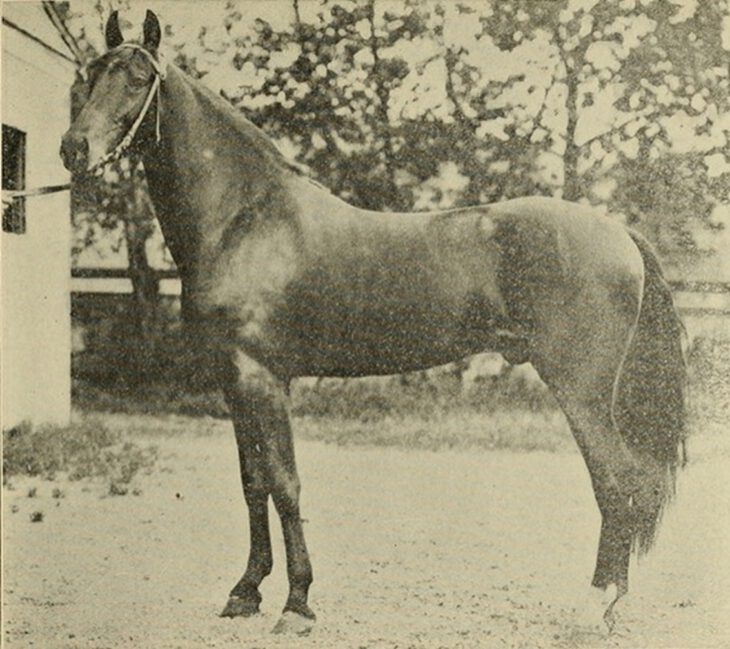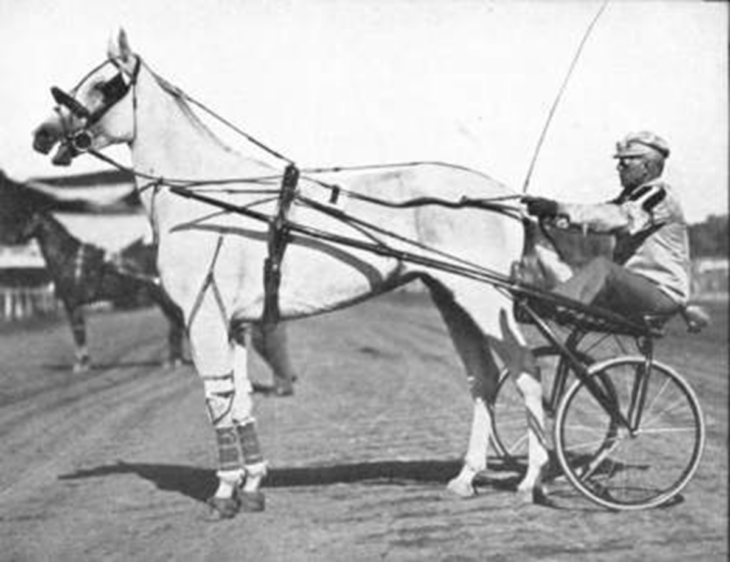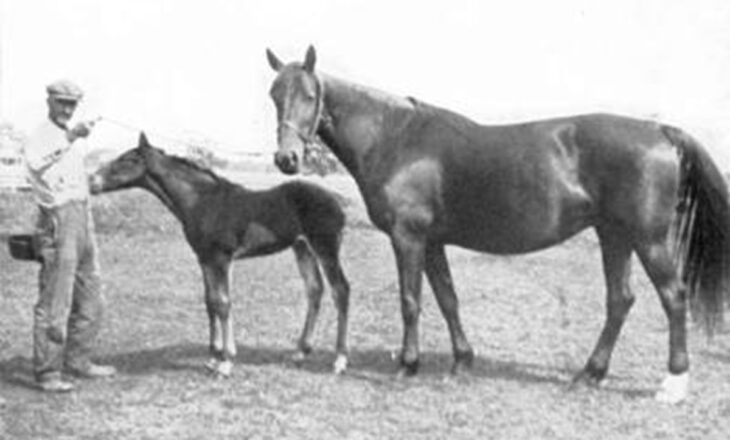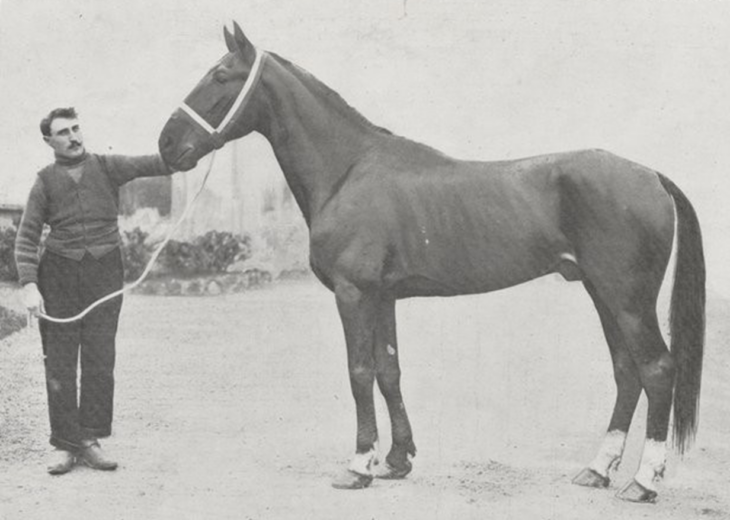He turned out to be one of the most important stallions in standardbred history, but it could have been very different. The colt was a challenge for his trainer and only made two starts in his first two seasons. In the end he only lasted five more races before a disappointed owner sold him to a buyer whose partner really didn’t want the horse at all. But Peter the Great persevered and became a true legend and foundation stallion of the standardbreds.
Read More1900s
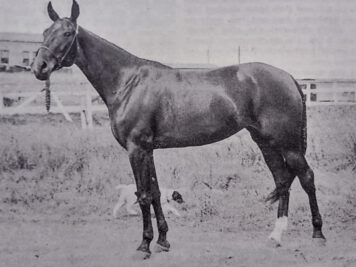
The game superstar who raced herself to death
She was on her way to possibly becoming one of the best trotters in history when tragedy struck. The tale of Sadie Mac is one a...
Read More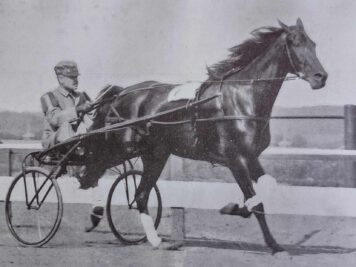
The spectacular Belle
Widely expected to be one of the first 2:00 trotters, Axworthy’s most spectacular daughter was nearly invincible at her...
Read More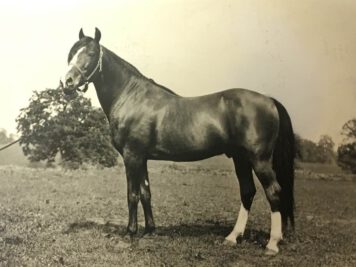
The horse of mystery
Notoriously lame and struggling with unsoundness in his two seasons on the track, San Francisco was a tremendously talented...
Read More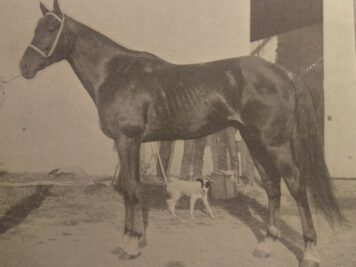
The Monarch of the Mile
Maybe the best trotter ever bred in the Hoosier state, Cresceus went from being the best ever seen on the snow in Toledo to the...
Read More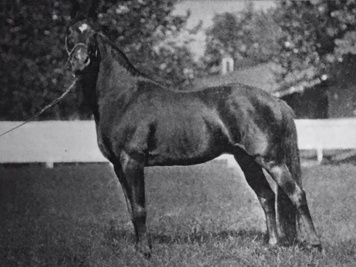
The picture horse
Struggling to stay sound, he made just a few starts in his career but impressed mightly both by his capacity and his physique...
Read More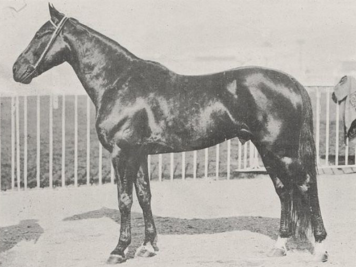
The first International winner
The blue-blooded Kentuckian excelled in Europe, becoming the first horse to win an international race at Vincennes and later went...
Read MoreJ Malcolm Forbes was one of the biggest owners and breeders of standardbreds from 1890 until his death in 1904. Forbes shelled out massive amounts for several horses including Nancy Hanks and Arion. The millionaire believed the best of all the horses he owned, though, was a lesser known horse called Vice Commodore. A horse who left a lasting legacy through two daughters, but whose death wasn’t even noticed when it happened.
Read MoreThe gray mare Molly J was 3/4 thoroughbred, but her daughter Mary Bales was a trotter like her sire Montjoy. In fact, Mary Bales turned out to be one of the best trotters in Circleville, Ohio for her owner Jesse Jones. When her racing career was over, Jones gave the mare to Zack Brewer. The new owner bred her to Zombro and in 1905 she gave birth to the pacing mare Zombrewer. The grey mare was an excellent racehorse and an even better broodmare.
Read MoreThe first dam of three 2:05 trotters, her mating was the result of chance. Even though Nervolo Belle was never even trained, she went on to achieve fame as a broodmare and also produced one of harness racing’s biggest names in Peter Volo.
Read MoreThe Franco-American cross is more popular than ever, and many in the US have also recognized the benefits of such a breeding. It’s often said the cross created a new breed (figuratively, not literally) in the 80s and 90s. Though there is some truth to that, the Franco-American cross was very popular much earlier than that. In fact, more than 100 years ago the French trotter (Trotteur Francais) could not compete with neither the American standardbreds nor the Russian orlov trotters. Then came a French-American cross to establish himself as the first French international star.
Read More
